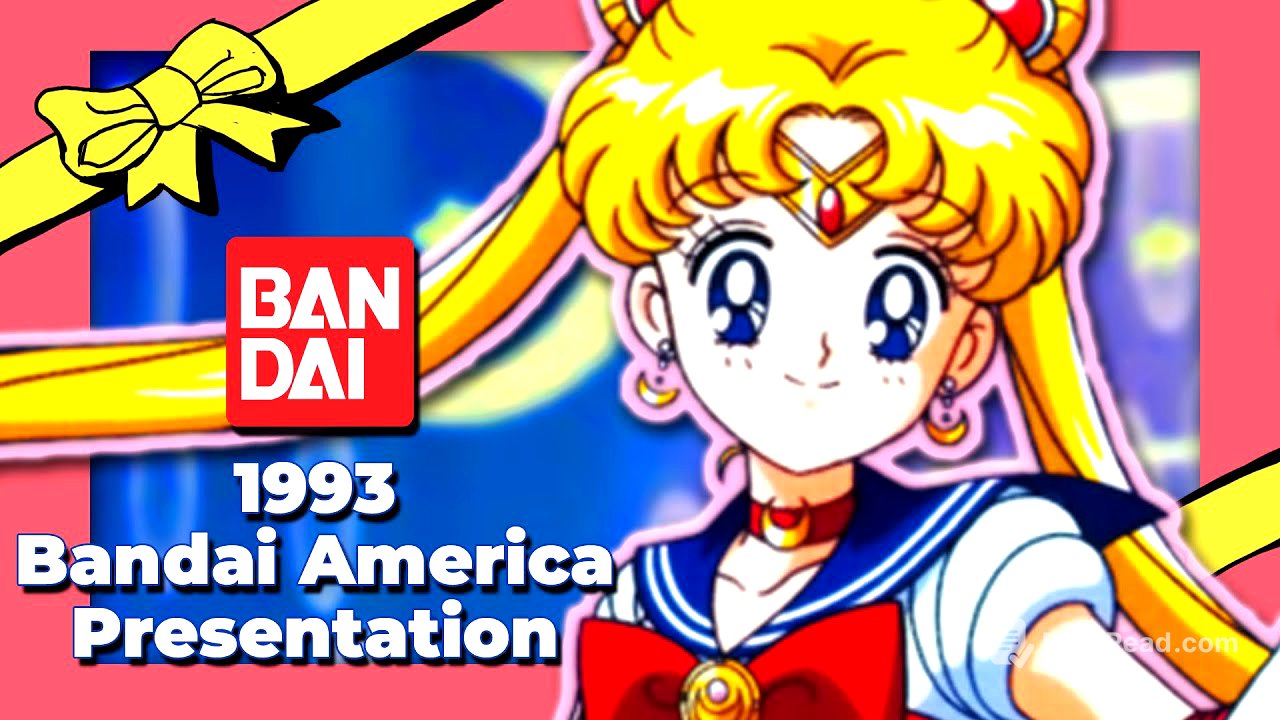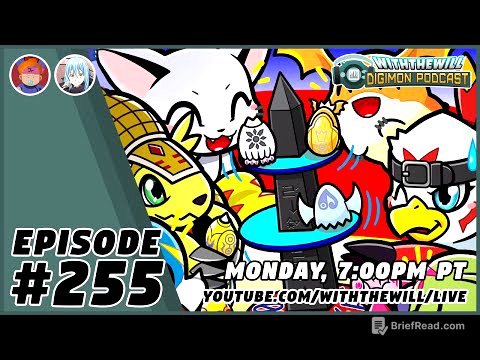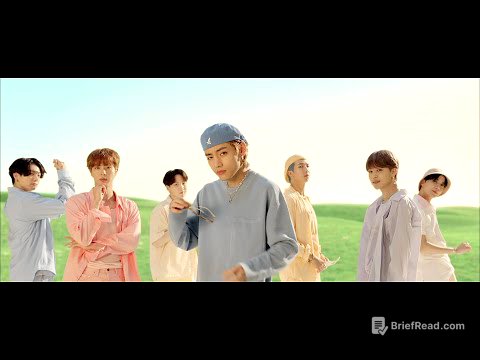TLDR;
This episode of "The Vault" explores the journey of "Sailor Moon" to American television, focusing on the challenges it faced due to cultural differences, executive biases, and financial considerations. It highlights the significance of presentation pilots in convincing American distributors to invest in Japanese anime. The episode features a presentation pilot created by Frank Ward and his team at Bandai America in 1994, which was initially rejected by Fox Executives due to skepticism about the show's potential success with American audiences.
- The presentation pilot was created by Frank Ward and his team at Bandai America in 1994.
- The presentation pilot was initially rejected by Fox Executives due to skepticism about the show's potential success with American audiences.
- Cultural differences, executive biases, and financial considerations were major obstacles for "Sailor Moon" in the American market.
Introduction to The Vault and Sailor Moon [0:00]
The "Vault" miniseries explores lost media, focusing on cancelled American anime adaptations from Renaissance Atlantic and Bandai Entertainment. This episode focuses on "Pretty Soldier Sailor Moon," which debuted in Japan in 1992 and became a global phenomenon. The show's themes of strong female characters, friendship, love, and justice contributed to its success.
Sailor Moon's Journey to the US and Initial Challenges [0:34]
"Sailor Moon" faced challenges in its English dubbing due to controversial themes and the need for heavy editing to appeal to American audiences. Initial airings in unfavorable time slots further hindered its success. During its first cancellation, fan translations of Japanese anime were gaining popularity due to the lack of official localizations.
The Anime Dubbing Process in the 90s [2:23]
In the 1990s, dubbing anime was a new and challenging venture for American executives, requiring approval and licensing deals with networks. This often resulted in early dubs being released directly to video. The process involved negotiations between Japanese rights holders (licensers) and American distributors (licensees), covering various rights and promotional opportunities.
The Role of Presentation Pilots [4:22]
Before a network could enter a licensing agreement, they had to approve a presentation pilot. This pilot, similar to TV pilots pitched to network executives, typically included a dubbed version of the first episode or a trailer. The presentation pilot aimed to demonstrate the anime's appeal to American distributors and audiences, showcasing its unique art style, characters, storylines, and humor.
Bandai America's Presentation Pilot and Initial Rejection [5:29]
Frank Ward and his team at Bandai America created a presentation pilot for "Sailor Moon" in 1994, initially pitching it for syndication. However, potential buyers dismissed the presentation, doubting the show's potential success with American audiences. Investors were hesitant due to perceived racism and xenophobia, deeming the content "un-American."
The Decision-Making Process and Financial Considerations [6:49]
Renaissance Atlantic attempted to "Americanize" Japanese material like "Sailor Moon" and "Saint Seiya" to make them more appealing. Ultimately, executives chose to have the anime dubbed because it was the more affordable option. Despite apprehension towards Japanese content, the final decision was primarily driven by financial considerations.
Bandai America's Sailor Moon Presentation Pitch [7:40]
The presentation highlights "Sailor Moon's" popularity, describing it as a social phenomenon with success in films, musicals, and merchandising. It introduces the main character, Usagi Tsukino, a clumsy junior high school girl who transforms into Sailor Moon with the help of a mysterious cat named Luna. Her mission is to gather the other Sailor Warriors and prevent the Dark Kingdom from dominating the world.
The Sailor Warriors and Their Mission [10:05]
The presentation introduces the Sailor Warriors: Sailor Mercury (Ami Mizuno), Sailor Mars (Rei Hino), Sailor Jupiter (Makoto Kino), and Sailor Venus (Minako Aino). It explains their past lives as protectors of Princess Serenity, who fell in love with Prince Endymion. Queen Beryl's attack on the moon led to their deaths, but Queen Serenity transferred them to the present world to find love again.
The Sailor Warriors' Final Battle and Revival [12:59]
The Sailor Warriors teleport to the North Pole for their final battle, where Jupiter, Mercury, Venus, and Mars are killed, along with Tuxedo Mask. Sailor Moon, left alone, is protected by her revived friends, who give her the strength to continue. The story continues with the production of a successful Sailor Moon musical in its second year.





![[ Official Pilot ] Cranium ปริศนาซากมรณะ](https://wm-img.halpindev.com/p-briefread_c-10_b-10/urlb/aHR0cDovL2ltZy55b3V0dWJlLmNvbS92aS9sZ2JRS3pvbGlZNC9ocWRlZmF1bHQuanBn.jpg)



